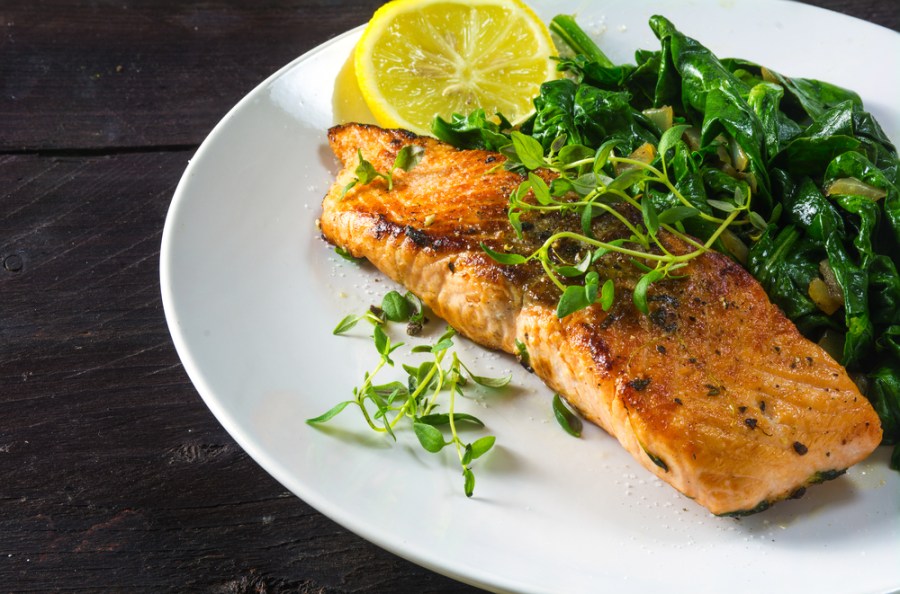Everyone’s talking about the low FODMAP diet, but what on earth is it, how easy is it to follow, and how could it help your gut health?
What does low FODMAP mean?
In a nutshell, the low FODMAP diet is about cutting out certain carbohydrates for a while, gradually reintroducing them (or sometimes avoiding them altogether) to reduce symptoms of IBS. When you first think of carbs, it’s probably bread, pasta and potatoes that spring to mind, but there are actually many other different types to consider.
The diet was invented in Australia, and has been adapted for the UK by scientists at King’s College London.
What does FODMAP stand for?
FODMAP stands for fermentable oligosaccharides, disaccharides, monosaccharides and polyols, which are all types of carbohydrates.
What is a high FODMAP food?
Foods high in oligosaccharide includes wheat, onions, legumes and garlic. Disaccharides include dairy such as milk, yoghurt and soft cheese. Monosaccharides include figs, mangoes and honey. Foods high in polyols include blackberries, lychee and sugar-free gum.
What makes high FODMAP foods trigger IBS?
These foods contain sugars that are poorly absorbed by the gut and ferment in the colon. This produces gas that causes bloating, wind and pain as it stretches the bowel. It can also cause diarrhoea and constipation as water moves in and out of the colon.
What is the low FODMAP diet good for?
It’s thought to improve gut health conditions, including leaky gut and IBS. Research has found that a whopping 86% of people who follow a low FODMAP diet notice a significant improvement in symptoms – so if you’re suffering, it might be worth giving it a try.
How do I start a low FODMAP diet?
As always, before cutting out food groups it’s worth consulting your GP or a dietitian. In general, a diet plan will cover six to eight weeks, cutting out and gradually reintroducing small amounts of high FODMAP foods.
It’s not designed to be a diet for life necessarily, but more a way of pressing ‘reset’ and allowing your body to readjust to these foods, as well as identifying which foods are triggering for your IBS.
What are high FODMAP foods?
High FODMAP foods include:
- Wheat
- Rye
- Barley
- Garlic
- Leek
- Onion
- Lentils
- Baked beans
- Legumes
- Chickpeas
- Soy beans
- Animal milks
- Ice cream
- Yoghurt
- Apples
- Pears
- Mangoes
- Honey
- Nectarines
- Peaches
- Cauliflower
- Mushrooms
- Sugar snap peas
- Chewing gum
What are low FODMAP foods?
- Aubergine
- Bok choy
- Carrot
- Cucumber
- Potato
- Grapes
- Kiwi fruits
- Strawberries
- Pineapple
- Almond milk
- Feta
- Soy milk
- Hard cheese
- Eggs
- Firm tofu
- Plain cooked meat, poultry or seafood
- Corn flakes
- Oats
- Sourdough bread
- Dark chocolate
- Peanuts
- Walnuts
Discover everything you need to know about good gut health







